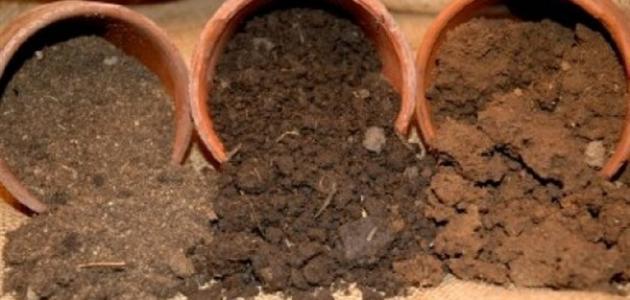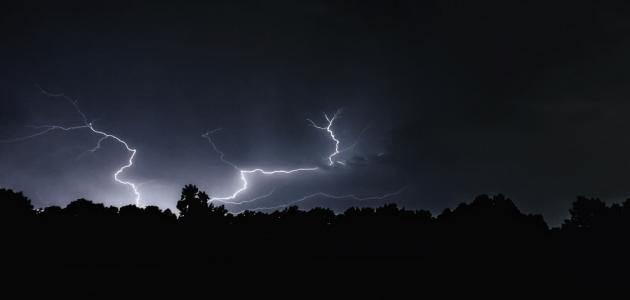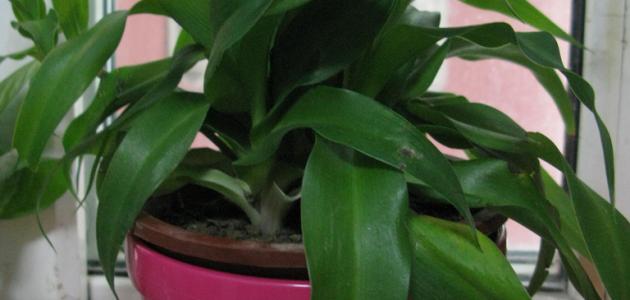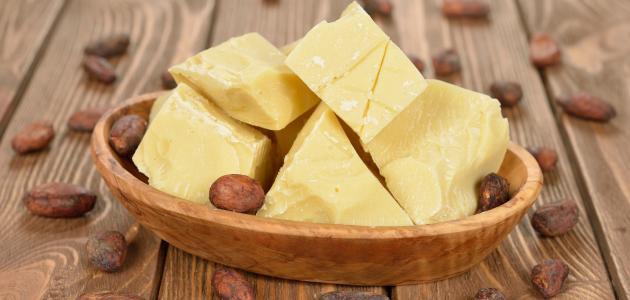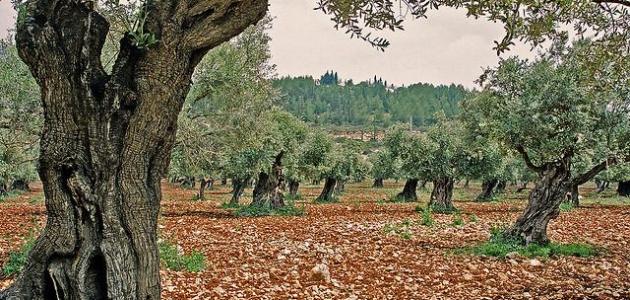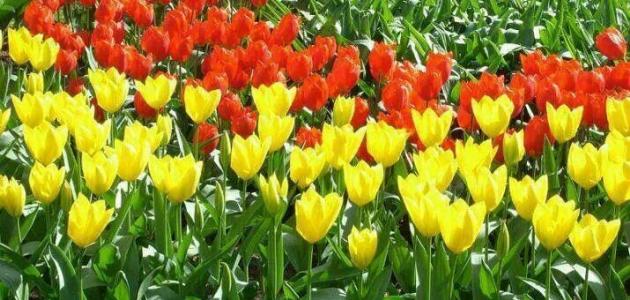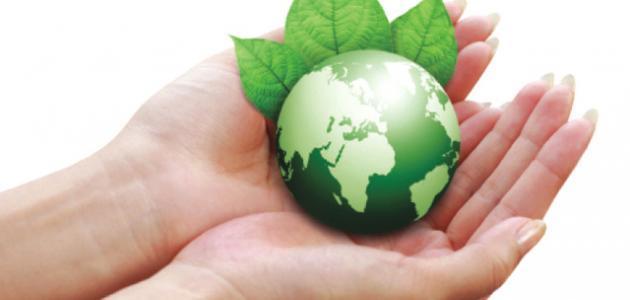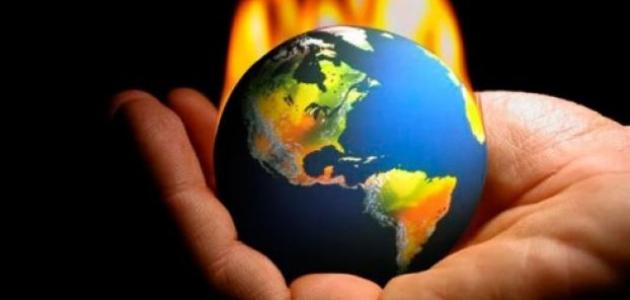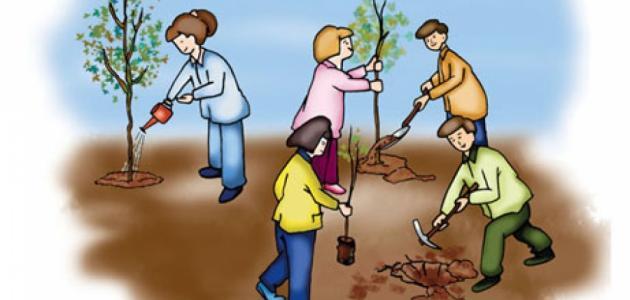the soil
Soil is the surface and fragile layer that covers the surface of the earth, as it consists of crumbled rocky materials of small size or large rocky size, and the soil differs in its basic components from one region to another, depending on the interactive processes that occur in the various covers of the earth’s surface such as the lithosphere, the hydrosphere, the atmosphere and the biosphere.
So the soil is considered a diverse mixture of different organic and mineral compounds, and scientists believe that the history of the materials and compounds that make up the soil go back to very ancient times, and the color of the soil varies from one region to another.
Soil affecting factors
- Climate, the soil depends greatly on the atmospheric climate of the region, and this appears through the difference in its structural characteristics. One of the most important climatic features that affect the soil is the leaching processes, weathering processes due to heat and humidity, as well as sand dunes that move by the wind and affect the quality of sediments. And its size on the soil, by influencing the movement of the ions present in it, and affecting the seasonal vicissitudes that occur on the soil such as temperature changes, as well as erosion, freezing and thawing factors, all of which directly or indirectly affect the dirt cover.
- The nature of the terrain, the quality of the terrain affects the soil, as the quality of the soil in the mountainous areas differs from its quality in the plain areas, so we see in the steep areas the lack of sufficient vegetation cover, due to the erosion process that occurs to it due to torrents, or by the winds that work to carry Soil from one region to another, as the soil in the plains is fertile and suitable for cultivation.
- Biological factors and the temporal factor.
Soil properties
Soils differ in characteristics, depending on the type of soil, and these characteristics are:
Read also:Where are corals found in nature?- The color of the soil, the soil varies in color, it is in the clay soil with a dark black color, the sandy soil with a yellow color, and the yellow soil is gray in color.
- The size of the granules, there are soils with large granules as in the sandy soil, and granules of small size as in the clay soil, and there are soils with a mixture of large and small granules as in the yellow soil.
- The degree of soil cohesion, the degree of cohesion in clay soil is high, in sandy soil is weak, and in yellow soil is medium.
- Water permeability, i.e. the extent of the soil's ability to retain water. Clay soil has less water permeability, sandy soil is the most water permeable type of soil, and yellow soil has a moderate ability to permeate water.
- Ventilation, the clay soil is poorly ventilated, the yellow soil is medium, and the sandy soil is well ventilated.
- Fertility, which means whether it is good for agriculture or not, as the clay soil has medium fertility, while the yellow soil is of high fertility and is suitable for growing all types of plants because it contains humus, while the sandy soil is the least fertile.
- The extent of its suitability for agriculture, as the degree of soil varies in being arable from one soil to another. The clay soil is suitable for the cultivation of some crops, such as cotton and sugar cane, and the sandy soil is suitable for the cultivation of tubers such as potatoes, or the cultivation of palm trees, while the yellow soil is suitable for the cultivation of fruits.
